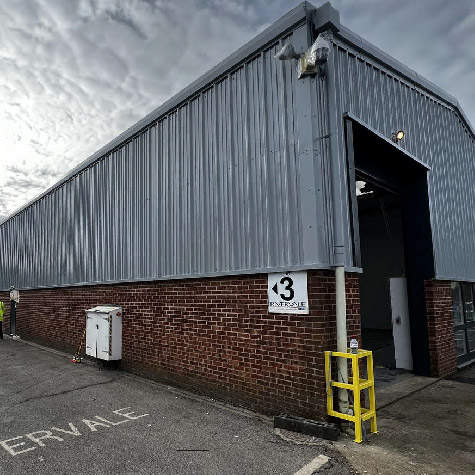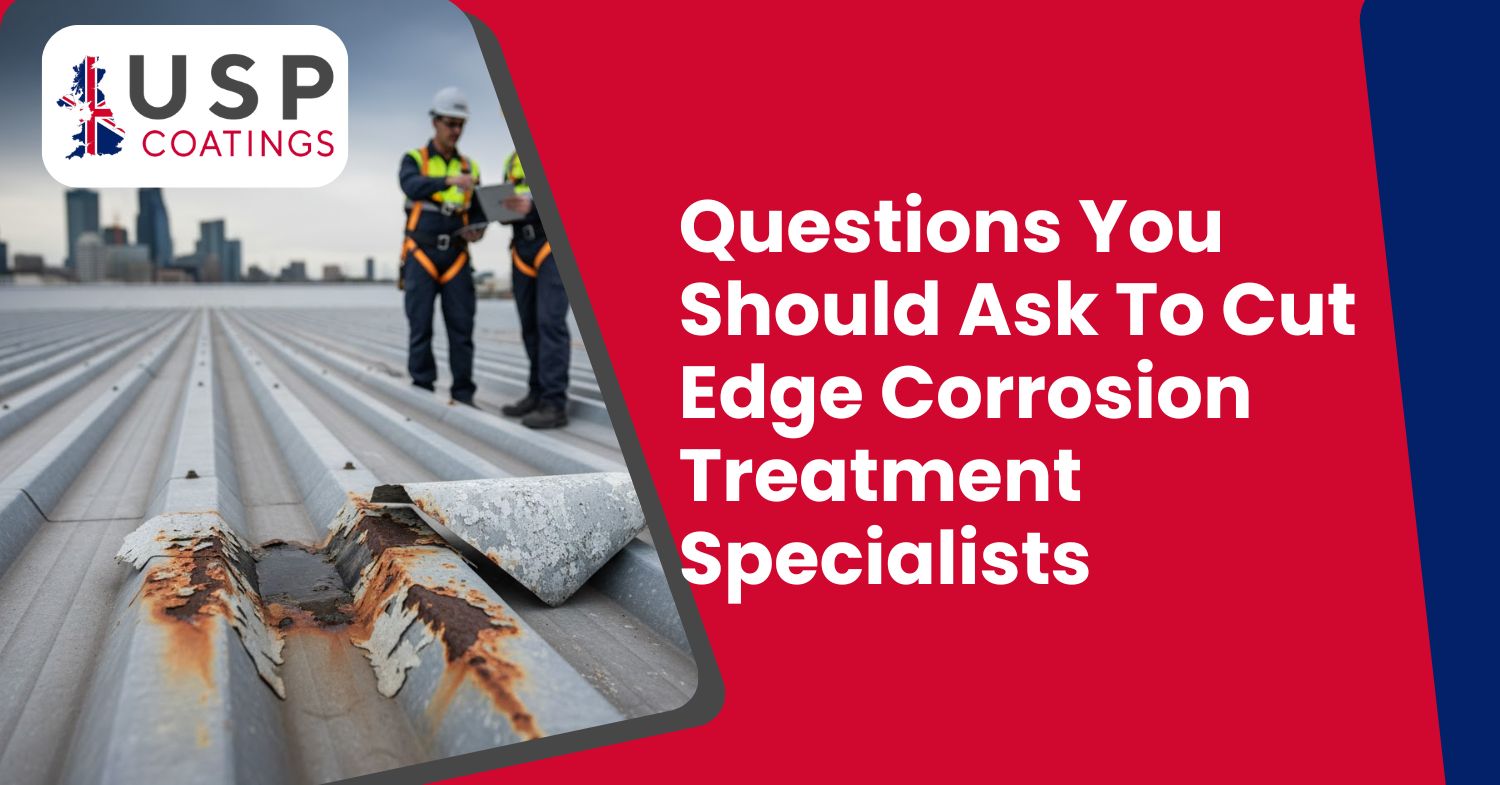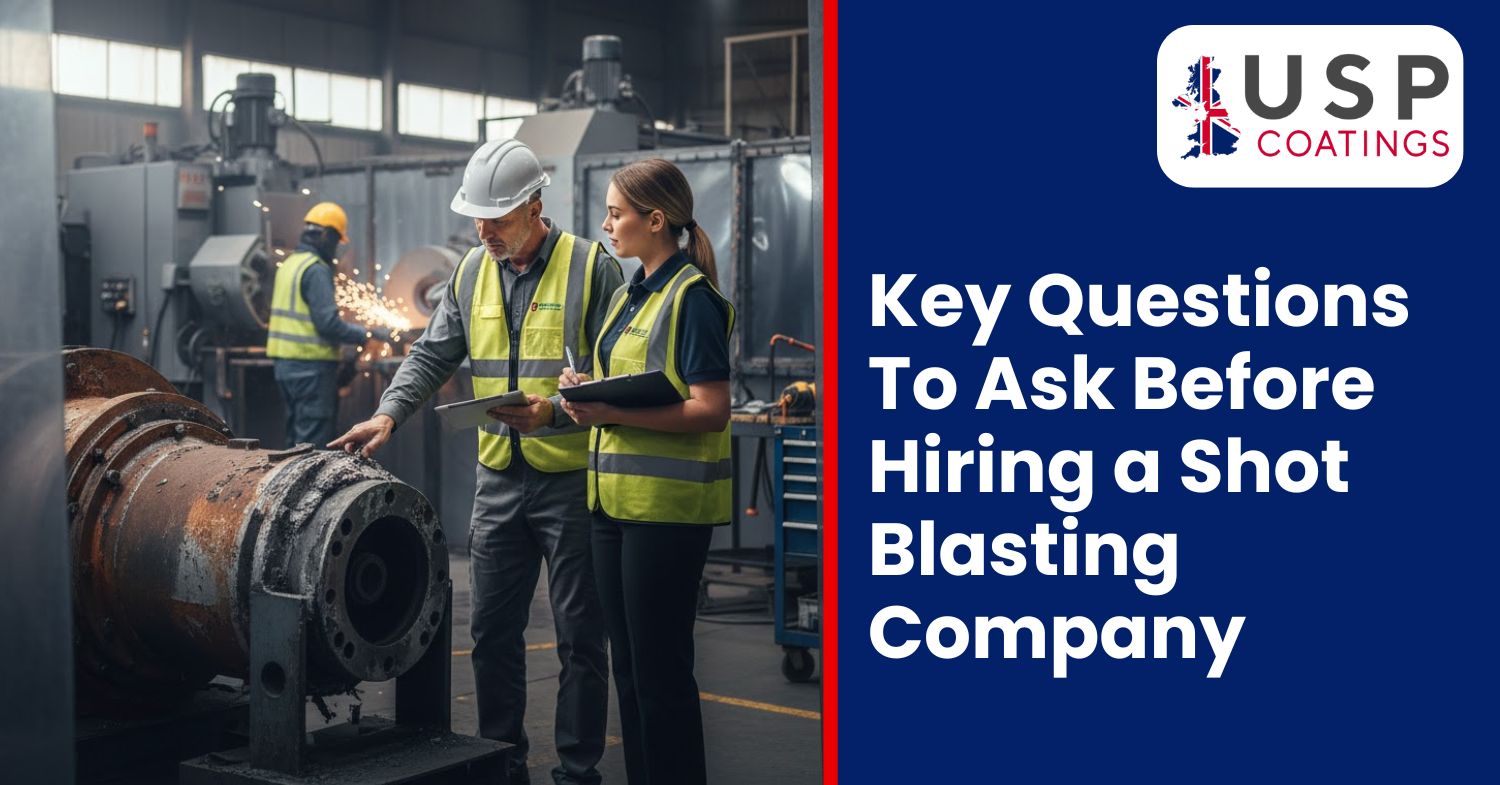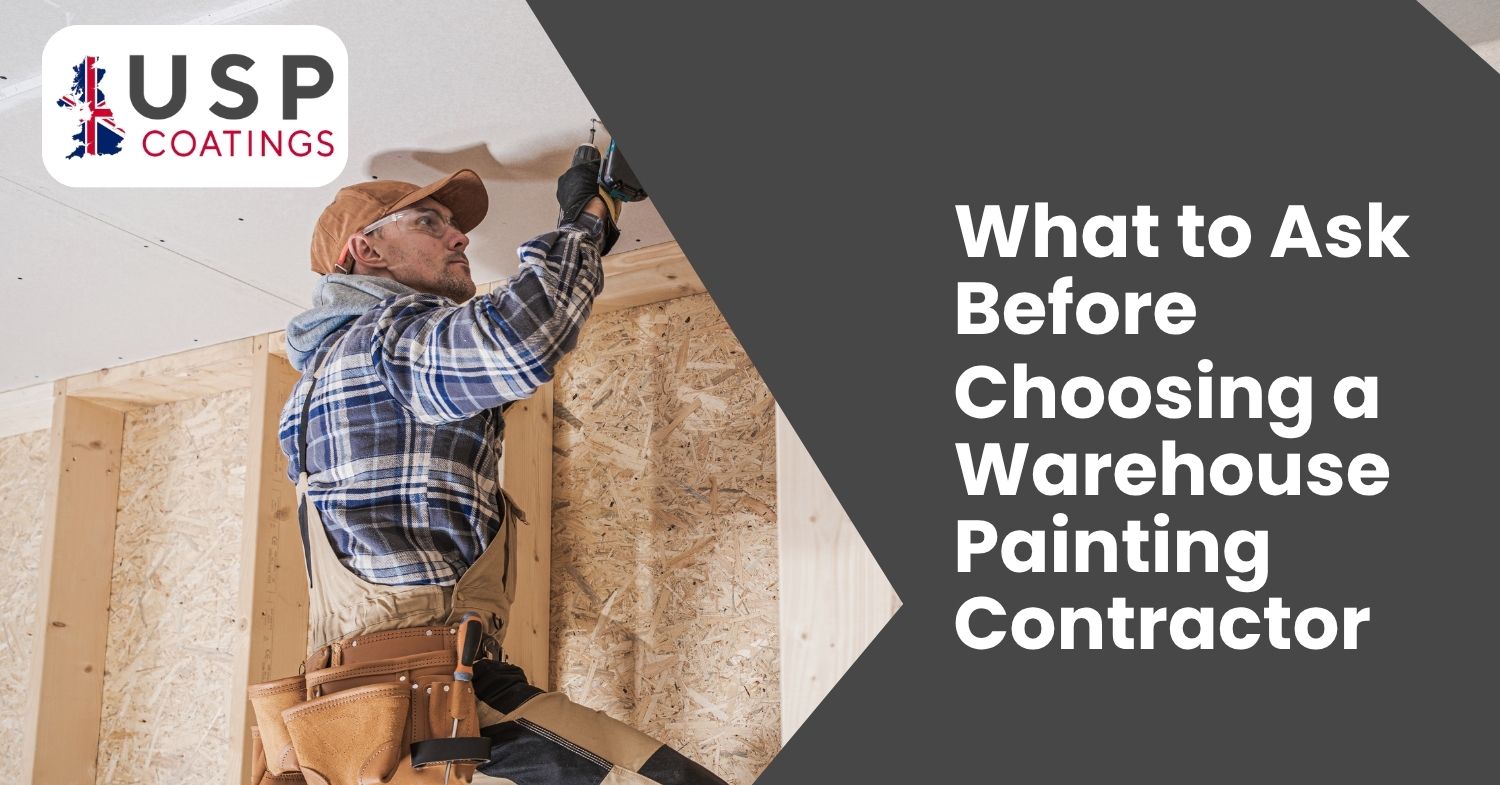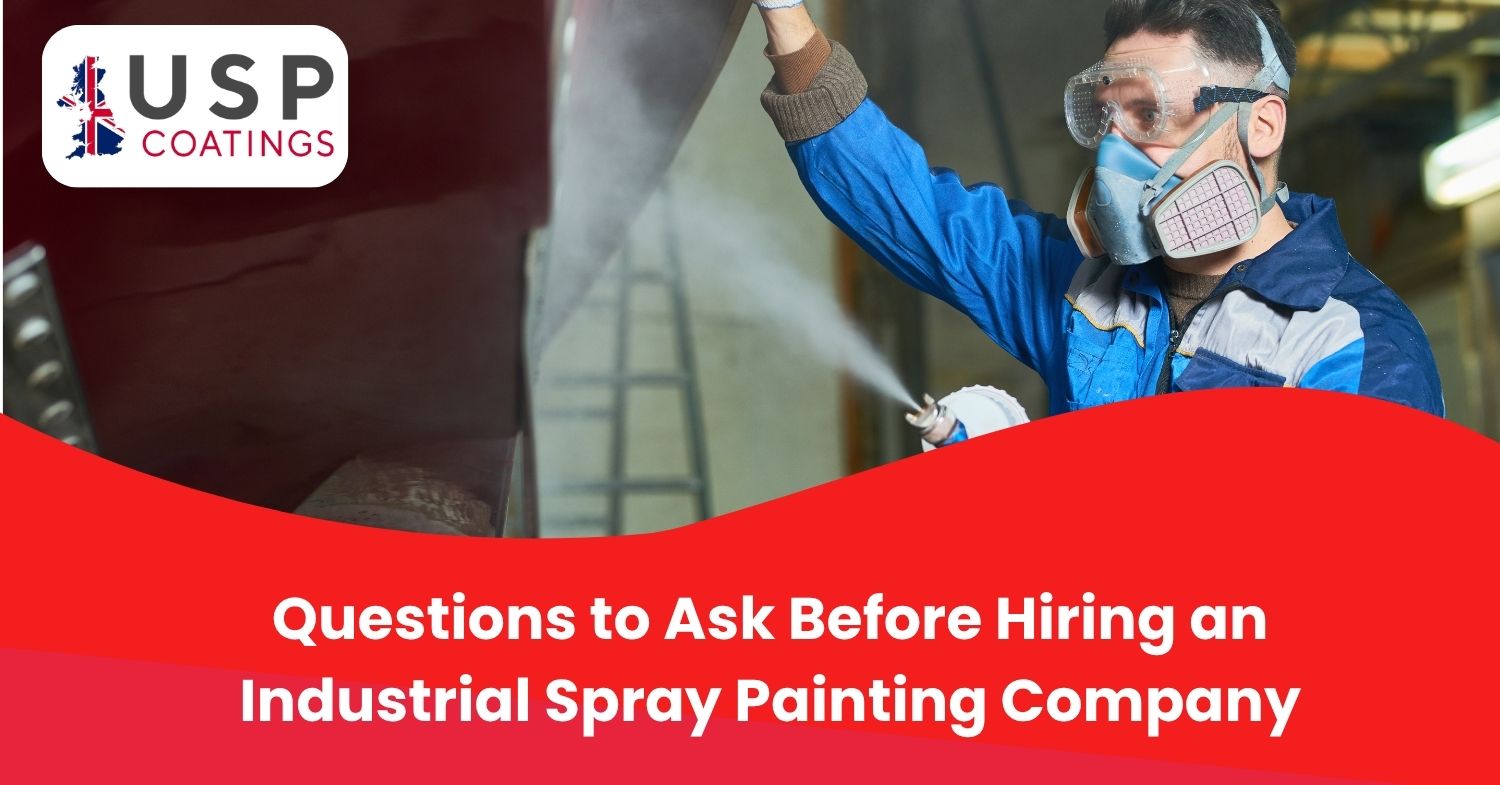It didn’t start with a dramatic storm or a major renovation. It began with quiet wear, fading color, hairline cracks, and water marks on the outer wall. What seemed like cosmetic flaws quickly turned into structural headaches.
When building envelopes start showing age, cladding painting is the first and smartest line of defense. It’s not about vanity; it’s about value. The right paint keeps surfaces sealed, elements out, and your maintenance budget under control. So the big question is: What is the best paint for cladding, and why does it matter so much?
This guide cuts through confusion to help builders, homeowners, and commercial property owners make informed decisions with confidence.
What Is Cladding Painting and Why Does It Matter
Cladding painting refers to applying a protective coating to the outer layer of a building. Cladding itself acts as the skin of a structure, shielding it from environmental exposure, temperature shifts, and moisture damage. Painting it isn’t optional; it’s essential.
Without paint, cladding materials degrade rapidly. Corrosion, mold growth, UV fading, and warping are just the beginning. But with the right paint and proper application, cladding can last years longer while keeping the structure underneath safe and sound.
More than just appearance, cladding painting is a critical part of property maintenance that improves durability and long-term ROI.
Common Types of Cladding That Require Painting

Before selecting the best coating, it’s vital to understand what kind of cladding you’re dealing with. Each type has different needs, vulnerabilities, and compatibility with paints. Let’s break them down.
Metal Cladding
Steel and aluminum cladding are common in both residential and commercial architecture. These surfaces are strong but prone to oxidation, especially in humid or coastal areas. Without painting, rust takes over quickly and spreads damage beneath the surface.
Wood Cladding
Wood offers warmth and texture but is highly susceptible to environmental damage. Rain, sun, and insects are constant threats. Untreated or poorly coated wood can rot in months.
UPVC & Composite Cladding
These newer materials are designed to be low-maintenance, but even they need a refresh. Over time, colors fade and minor surface cracks develop.
Qualities That Define the Best Paint for Cladding
Not all paints are built equally. When it comes to protecting exterior cladding, the wrong paint can lead to premature failure, extra labor, and wasted investment. The following features separate premium products from costly mistakes.
Weather Resistance
The paint must hold strong against UV rays, heavy rain, temperature swings, and pollutants. A weather-resistant formula prevents chalking, peeling, and color fading, even under extreme conditions.
Surface Adhesion
The best paint for cladding bonds firmly with the material underneath. Whether the cladding is metal, timber, or composite, poor adhesion leads to blistering and flaking. Paints designed for exterior use often include additives to improve grip and durability.
Breathability
Moisture inevitably gets behind the cladding. Paint must allow that water to evaporate instead of trapping it. Breathable coatings reduce the risk of mold and internal wall damage, especially critical for wood and composite materials.
Color Retention
Exposure to sunlight and pollution can bleach or yellow paint over time. High-grade pigments and UV stabilizers help preserve the paint’s original tone and sheen for years without touch-ups.
Top Paint Options That Work for Cladding
Choosing the right type of paint comes down to the material, environment, and expected wear. Each option below brings its strengths to the table.
Acrylic-Based Paints
Acrylics are popular for their flexibility and quick drying times. They work especially well on wood and previously painted surfaces. Their UV resistance and weather durability make them a dependable pick for homes and small commercial buildings.
Polyurethane Coatings
Polyurethane paints are known for their toughness. They create a smooth, scratch-resistant layer that stands up well to industrial wear and tear. They’re best suited for metal cladding, particularly in commercial or high-traffic environments.
Silicone-Based Paints
Silicone paints offer superior water repellency while remaining breathable. This makes them ideal for climates with frequent rain or snow. They are commonly used for older buildings with porous cladding or in areas where condensation is a concern..
Powder Coatings
Technically not paint, powder coatings are applied electrostatically and cured under heat. This creates a hard, even finish, most commonly used in factory-applied coatings for aluminum or steel.
Step-by-Step: How to Paint Cladding Properly
A clean, even coat of the right paint doesn’t happen by accident. Here’s how professionals get lasting results every time.
1. Inspect and Clean the Surface
Check for damage, moisture, mold, or previous paint failure. Clean thoroughly using pressure washing or degreasers, depending on the material.
2. Repair and Prime
Fix any holes, rust spots, or cracks. Then apply a primer designed for the specific cladding type. This step ensures strong adhesion and a smooth finish.
3. Apply Multiple Thin Coats
Apply at least two coats of paint using a sprayer or roller. Thin, even layers are better than one thick coat; they dry cleaner and last longer.
How Long Does Cladding Paint Last?
Lifespan depends on both the quality of paint and the application. Done correctly, cladding painting delivers impressive results that last for years.
- Acrylic-based paints: 8–10 years
- Polyurethane coatings: 10–15 years
- Silicone-based paints: 7–10 years
- Powder coatings: Up to 20 years
Environmental conditions, surface prep, and maintenance will all impact longevity.
Residential vs. Commercial Cladding Painting Needs

While both types of properties need protection, their goals differ. The scale, materials, and exposure risks dictate different painting strategies.
Residential
Homeowners often prioritize aesthetics, curb appeal, and moderate protection. Acrylics and silicone-based paints are typically sufficient.
Commercial
These sites demand industrial-grade protection. Long-lasting polyurethane paints and powder coatings reduce downtime and future repainting costs.
What Should Cladding Painting Cost?
Pricing varies depending on building size, materials, and location. Still, painting remains far more cost-effective than full cladding replacement.
- Homes (small to medium): $2,000–$6,000
- Commercial buildings: $10,000–$30,000+
Maintenance every decade is a small price compared to the cost of structural damage or full facade rebuilds.
Conclusion
Choosing the wrong paint or skipping paint entirely costs more in the long run. Peeling surfaces, rusted metal, and weathered panels aren’t just cosmetic issues. They’re signs of deeper damage that can drain time and resources.
The best strategy? Stay ahead. With smart cladding painting, property owners can defend against the elements, preserve building value, and avoid avoidable expenses.
The best paint for cladding doesn’t just look good, it performs under pressure, year after year. And that’s the kind of result that pays for itself.
FAQ
How often should cladding be repainted?
Cladding usually needs repainting every 8 to 15 years, depending on weather exposure and material type. Homes near the coast or in harsh climates may need it sooner to prevent damage.
Can you paint over old cladding paint?
Yes, but only if the old paint is solid and not peeling. A proper clean-up and primer coat are non-negotiable for the new paint to stick and last.
Is cladding painting suitable for all building types?
Definitely. From homes to warehouses, any building with cladding benefits from the protection of a proper paint job if you match the paint to the surface.
What’s the biggest mistake people make when painting cladding?
Using the wrong paint or skipping surface prep. Both cut the life of the paint short and lead to cracking, peeling, and extra costs down the line.
